How to Optimize Your Electrical Harness Assembly for Maximum Efficiency
In the rapidly evolving landscape of manufacturing, optimizing the electrical harness assembly has become a critical factor in enhancing operational efficiency and reducing costs. According to a report by MarketsandMarkets, the global market for electrical wiring harnesses is projected to reach $85.2 billion by 2025, driven by increased demand in automotive and aerospace industries. This underscores the necessity for manufacturers to streamline their electrical harness assembly processes to meet the demands of a competitive market.
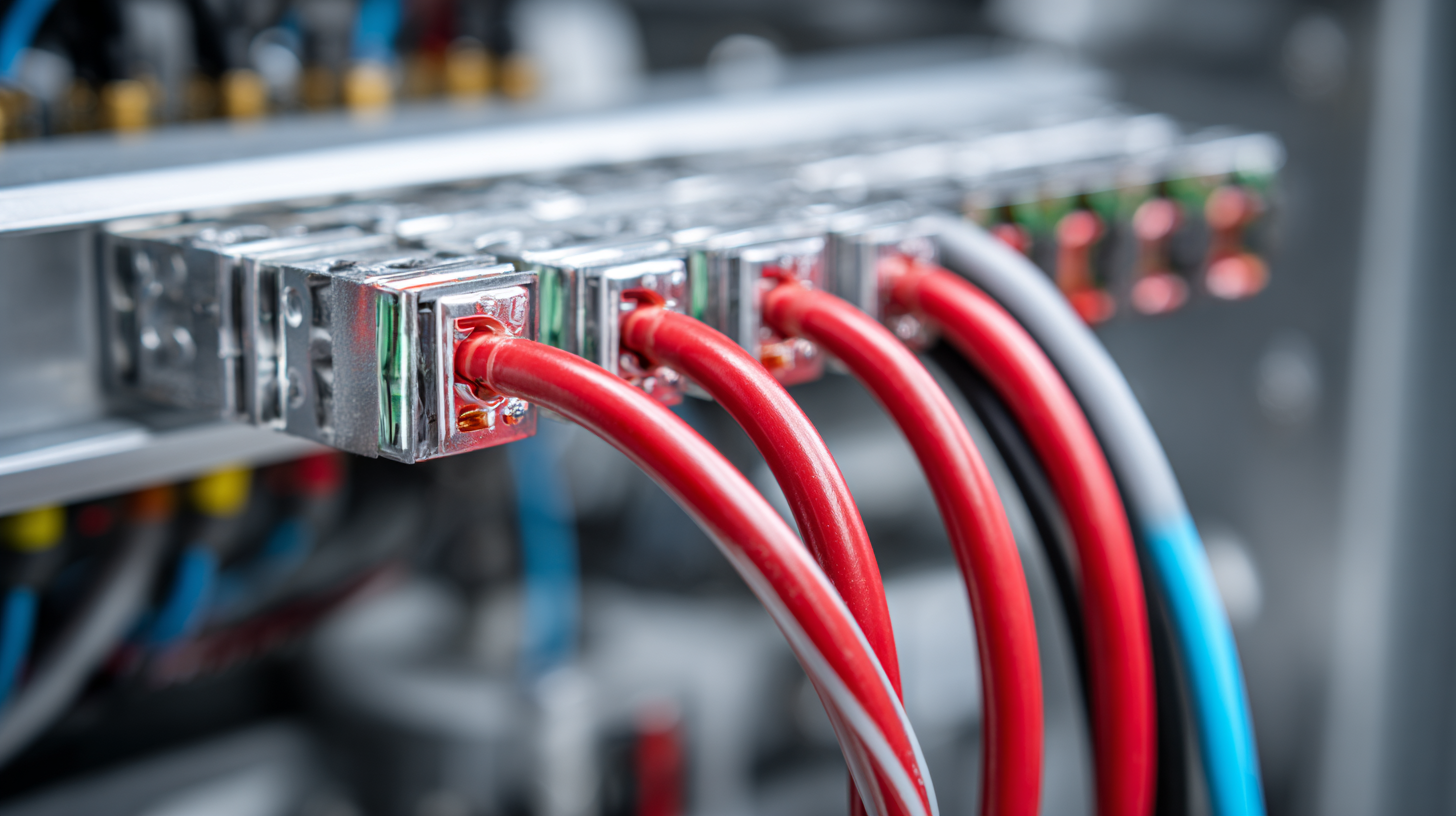
By refining assembly techniques and utilizing advanced technologies, companies can not only minimize production time but also improve product reliability. In this guide, we will explore key strategies and best practices that can significantly enhance the efficiency of your electrical harness assembly, ensuring that your operations remain cutting-edge and capable of meeting future challenges.
Understanding the Importance of Electrical Harness Assembly Efficiency
The efficiency of electrical harness assembly plays a crucial role in the overall performance of electronic systems and devices. According to a report from Technavio, the global automotive wiring harness market is expected to grow by over $8 billion from 2021 to 2025, with efficiency as a key driver for manufacturers aiming to meet increasing consumer demands. Improved assembly processes not only streamline production but also enhance the reliability and longevity of electrical systems, reducing warranty claims and maintenance costs.
Understanding the intricacies of electrical harness assembly can significantly impact not just the immediate production line but also long-term operational efficiency. A study by Frost & Sullivan indicates that optimizing harness design can lead to a 20% reduction in production time and a 15% decrease in material waste. By focusing on efficiency, manufacturers can ensure that their electrical systems meet rigorous industry standards while maximizing resource utilization.
Adopting best practices such as modularization and advanced testing techniques can further enhance assembly efficiency and product reliability, ultimately contributing to a stronger competitive edge in the market.
Key Factors Influencing Electrical Harness Performance Optimization
When it comes to optimizing electrical harness assembly for maximum efficiency, understanding the key factors that influence performance is crucial. One major aspect is the material selection. High-quality materials that can resist wear and environmental factors contribute significantly to the longevity and robustness of the harness. Additionally, utilizing insulated wiring can prevent short circuits and ensure more reliable operations.
Tips: Always conduct thorough research on the best materials suited for your specific application. Consider factors such as temperature resistance, flexibility, and weight to choose the most effective materials for your electrical harness.
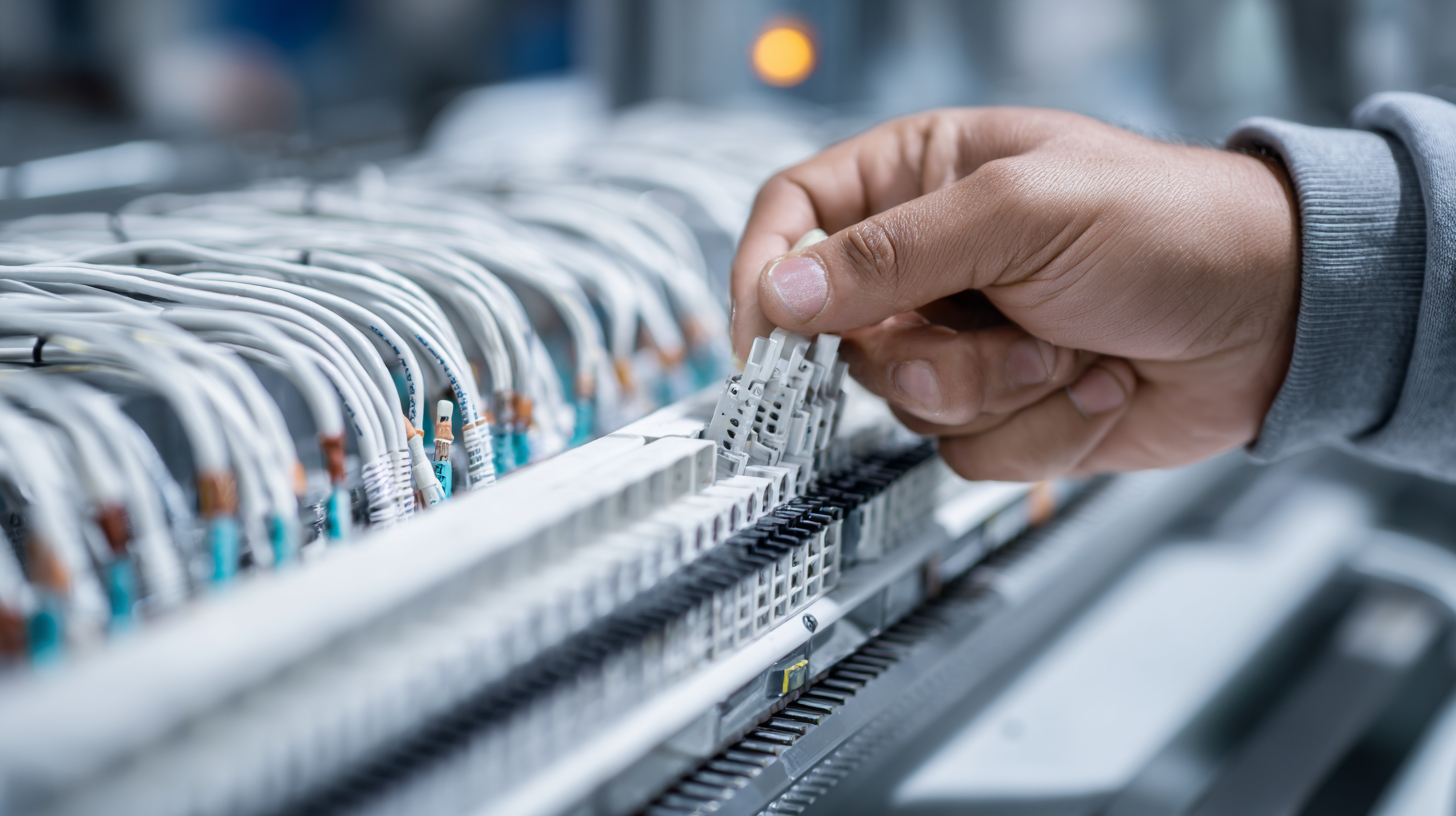
Another critical factor is the design layout of the harness. A well-organized wiring pathway not only simplifies the assembly process but also reduces the chances of damage during installation and operation. Streamlining the design minimizes the risk of interference and allows for easier maintenance.
Tips: Employ CAD software for designing your harness layout. This can help visualize the arrangement effectively, thus facilitating the identification of potential issues before the assembly process begins.
Innovative Techniques for Streamlining Harness Assembly Processes
In the fast-paced world of electrical harness assembly, streamlining processes can significantly enhance manufacturing efficiency. Implementing innovative techniques not only reduces assembly time but also minimizes errors, leading to higher quality outputs. One approach is to adopt modular assembly systems, which allow for individual components to be assembled in parallel rather than sequentially. This method promotes flexibility and can cater to varying production volumes with ease.
Tips for improving efficiency include investing in automated wire processing machines that ensure precision and speed in cutting and stripping wires. Additionally, consider incorporating visual management tools, such as color-coded instructions or layout designs, that guide workers through the assembly process. This minimizes confusion and accelerates training for new employees, facilitating a smoother workflow.
Another effective technique is to regularly review and refine your assembly line layout to minimize movement and optimize flow. By strategically placing tools and materials based on the sequence of assembly tasks, you can further reduce inefficiencies. Emphasizing continuous improvement and encouraging team feedback will not only boost morale but also uncover new ideas for enhancing your assembly process.
Electrical Harness Assembly Efficiency Optimization
This bar chart illustrates the assembly times for various processes in the electrical harness assembly. Optimizing these processes can lead to increased efficiency and reduced overall assembly time.
Tools and Technologies to Enhance Electrical Harness Production
In today's competitive manufacturing landscape, enhancing electrical harness production is crucial for achieving maximum efficiency. The use of advanced tools and technologies can significantly streamline the assembly process. According to a study from the National Electrical Manufacturers Association, optimizing assembly processes can lead to a 20-30% reduction in production time, which translates to substantial cost savings.
Adopting automated wire processing equipment can also drastically improve accuracy and speed. Machines equipped with sensors and real-time monitoring capabilities not only minimize human errors but also ensure consistent quality. Additionally, utilizing software for better design and workflow management improves resource allocation and enhances collaboration among teams.
Tips:
- Invest in automated tools: Equipment that can strip, cut, and terminate wires with precision can reduce manual labor and increase throughput.
- Implement lean manufacturing principles: Analyze workflow to eliminate waste and improve efficiency continuously.
- Train your workforce: Ensuring that your team is proficient in using the latest technologies can lead to better project outcomes and higher employee satisfaction.
Leveraging these technologies and practices will position your electrical harness assembly operations for greater efficiency and competitiveness in the market.
Measuring Success: Metrics for Evaluating Harness Assembly Efficiency
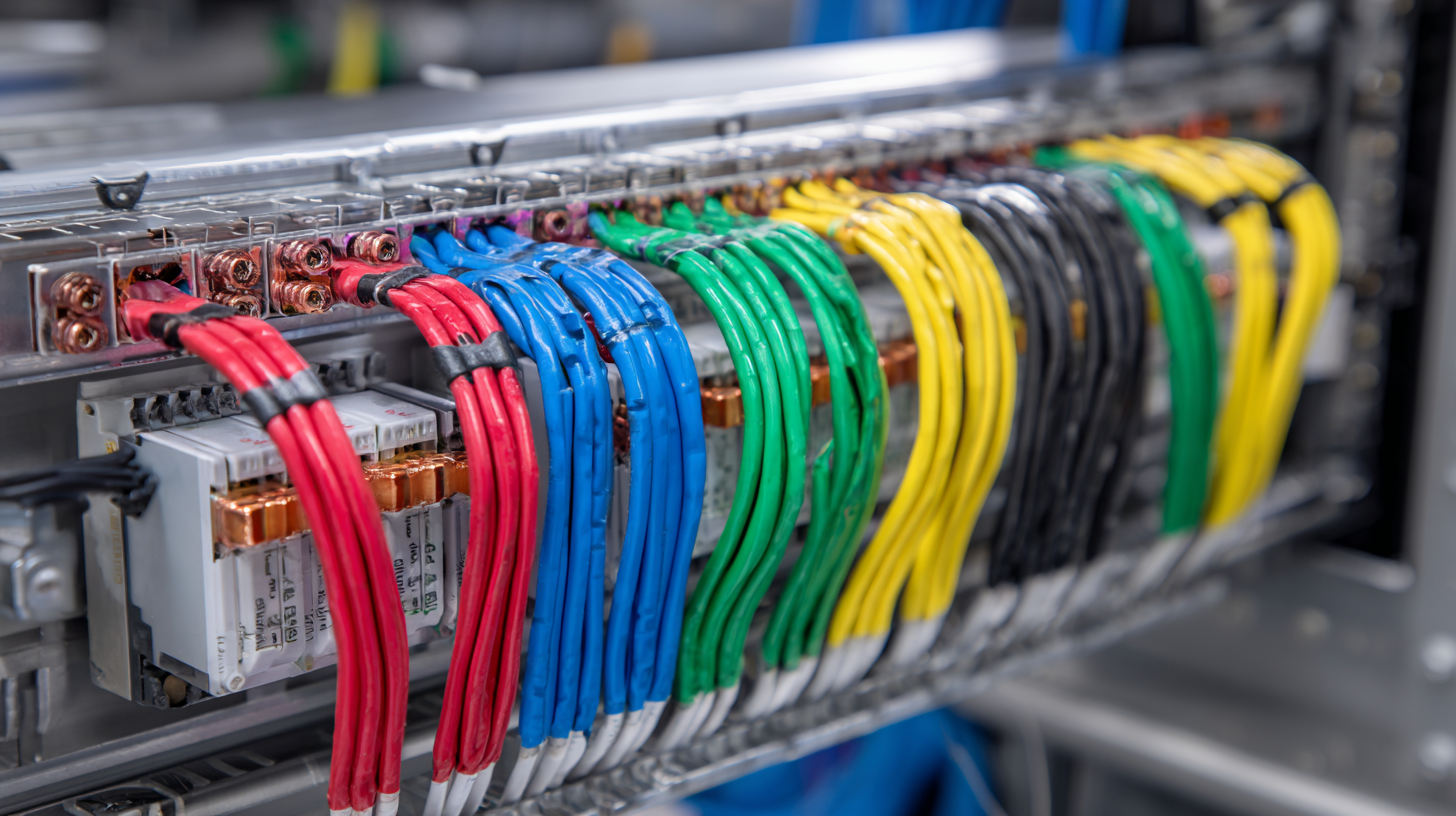 Measuring the efficiency of your electrical harness assembly is crucial for enhancing productivity and reducing costs. To effectively evaluate harness assembly efficiency, consider several key metrics.
First, track the cycle time for each assembly process. This includes examining the time taken from the start of assembly to its completion. By identifying bottlenecks, you can streamline operations and ensure that your team operates at peak efficiency.
Measuring the efficiency of your electrical harness assembly is crucial for enhancing productivity and reducing costs. To effectively evaluate harness assembly efficiency, consider several key metrics.
First, track the cycle time for each assembly process. This includes examining the time taken from the start of assembly to its completion. By identifying bottlenecks, you can streamline operations and ensure that your team operates at peak efficiency.
Another important metric to consider is the first-pass yield, which measures the percentage of assemblies that meet quality standards without rework. A high first-pass yield indicates a well-optimized process, while a low rate suggests areas for improvement. Implementing regular training for your assembly team can help maintain high-quality standards and reduce errors.
Additionally, keep an eye on the labor utilization rate. This metric assesses how effectively your workforce is being used during assembly tasks. Balancing workload and ensuring that employees are engaged in value-adding activities can enhance overall efficiency. Regular monitoring and adjustments based on these metrics will lead to continuous improvements in your electrical harness assembly process.
Related Posts
-

Challenges Faced in Cable Harness Design Efficiency
-

The Ultimate Guide to Streamlining Your Harness Assembly Process for Maximum Efficiency
-
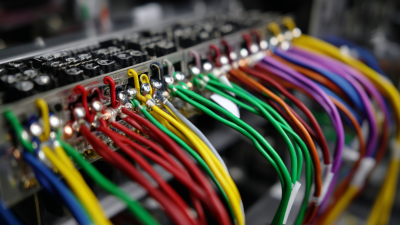
The Definitive Ultimate Guide to Mastering Wire Harness Assembly for Optimal Performance
-
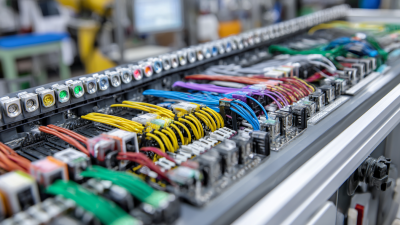
Explore Superior Wire Harness Assembly Solutions from Leading Chinese Manufacturers
-

Innovative Applications of Molded Cable Assemblies Across Various Industries
-

What Is the Future of Wire Harness Manufacturing Equipment